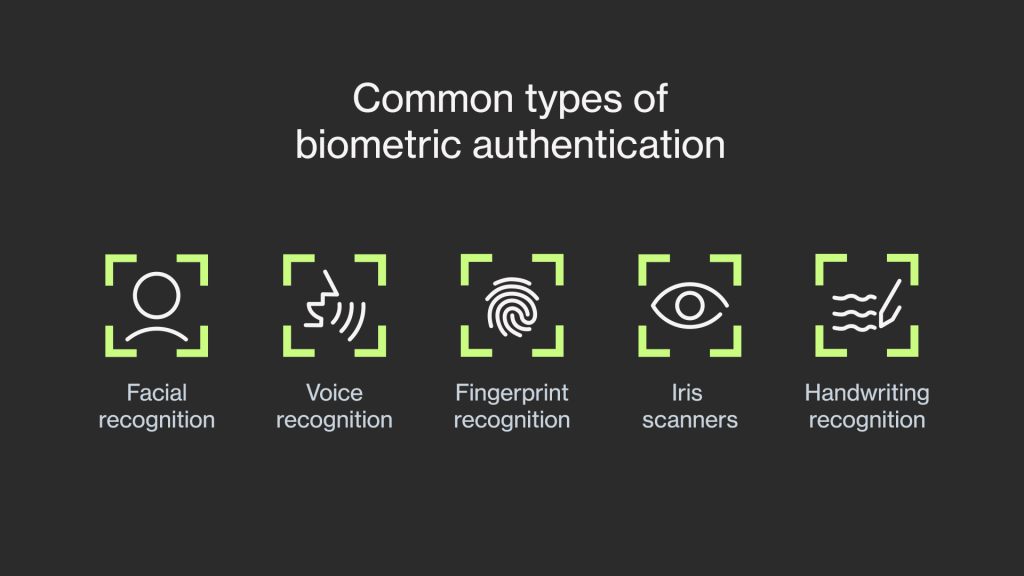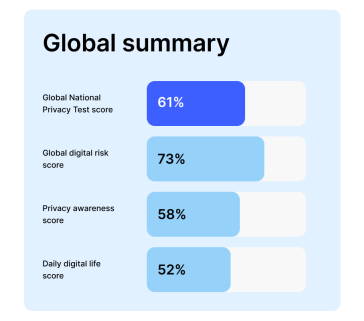Mobile subscriptions in Kenya have registered a 5.2% growth to reach a total of 32.2 million, with subscribers for the Post-paid network increasing at a higher rate in comparison with those on the Pre-paid option.
Despite the growth of Post-paid customers being higher, Pre-paid customers now stand at 31.5 million, while Post-paid subscriptions now totalling to 665,697 contributing to a 78.2% mobile penetration in the country.
The growth was registered in the Q4 of the year 2013/2014 ending June, a rise from the 31.8 million recorded during the previous quarter.
Mobile money transfer subscriptions declined during the period, a twist to the mobile money scene in the country that has been told to be growing, with financial institutions introducing the service for their payment services.
The report by communications authority (CA) of Kenya cited that mobile users in the country sent more time sending messages than making phone calls, with the number of SMS sent increasing by 10.8 per cent to register 6.8 billion up from 6.2 billion.
It was recorded that each subscriber sent an average of 71 messages per month from the 65 messages recorded in the last period, which meant that individuals sent 3 messages in average daily.
Safaricom limited has retained the position of number one telecom with the largest market share in mobile subscriptions at 21.9 million, followed by Airtel with just over 5 million, Telkom (Orange) at 2.6 million and finally following closely is Essar (YU) with 2.5 million.
With mobile users in the country growing in the quarter ending June, the total outgoing and incoming calls local traffic also increased recording a 5.7% and 5.6% respectively in growth.
On-net voice traffic for operators Safaricom, Airtel and Essar Telecom recorded a decrease while Telkom Kenya (Orange) recorded an increase, which was attributed to the top up bonus promotion offered by the company.
It was also recorded that Kenyans make calls and send messages outside to countries in the East Africa region more than they do receiving calls, a situation that could be attributed to the difference in tariffs by telecoms across the region.
This situation could change if telecoms across the East Africa Region continue to implement the One Area Network that was proposed by member countries.
Already telecoms like Airtel, Tigo, Safaricom and MTN have implemented the One Area Network required by the East Africa Community (EAC), with the region expecting more implementation across the telecoms.
The One Area Network requires telecoms operating in the EAC to lower cross-border charges to up to 60 percent in efforts to enhance integration in the East Africa region.





